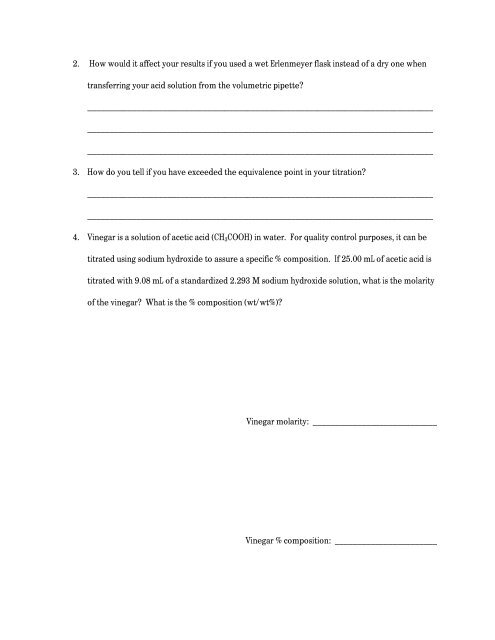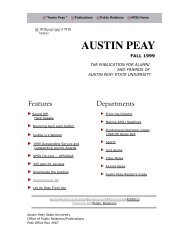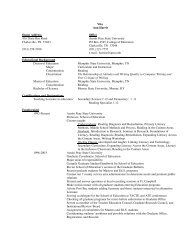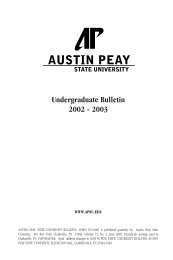Titration of an acid with a base lab
Titration of an acid with a base lab
Titration of an acid with a base lab
You also want an ePaper? Increase the reach of your titles
YUMPU automatically turns print PDFs into web optimized ePapers that Google loves.
2. How would it affect your results if you used a wet Erlenmeyer flask instead <strong>of</strong> a dry one when<br />
tr<strong>an</strong>sferring your <strong>acid</strong> solution from the volumetric pipette?<br />
______________________________________________________________________________<br />
______________________________________________________________________________<br />
______________________________________________________________________________<br />
3. How do you tell if you have exceeded the equivalence point in your titration?<br />
______________________________________________________________________________<br />
______________________________________________________________________________<br />
4. Vinegar is a solution <strong>of</strong> acetic <strong>acid</strong> (CH 3 COOH) in water. For quality control purposes, it c<strong>an</strong> be<br />
titrated using sodium hydroxide to assure a specific % composition. If 25.00 mL <strong>of</strong> acetic <strong>acid</strong> is<br />
titrated <strong>with</strong> 9.08 mL <strong>of</strong> a st<strong>an</strong>dardized 2.293 M sodium hydroxide solution, what is the molarity<br />
<strong>of</strong> the vinegar? What is the % composition (wt/wt%)?<br />
Vinegar molarity: ____________________________<br />
Vinegar % composition: _______________________
















